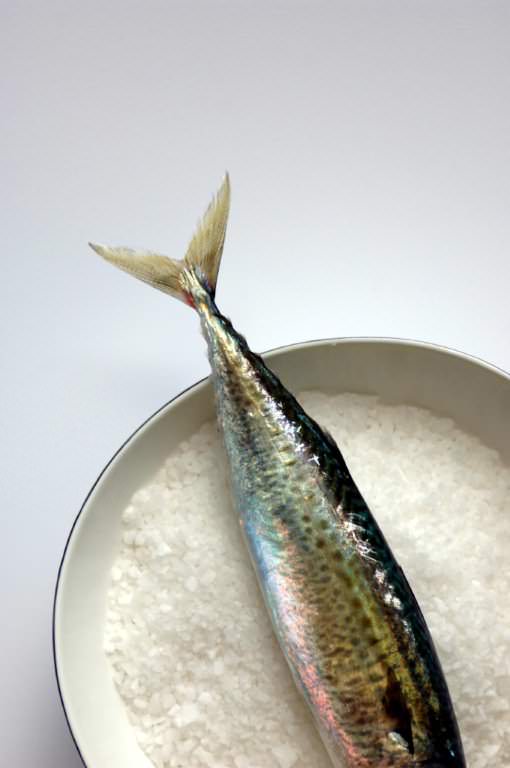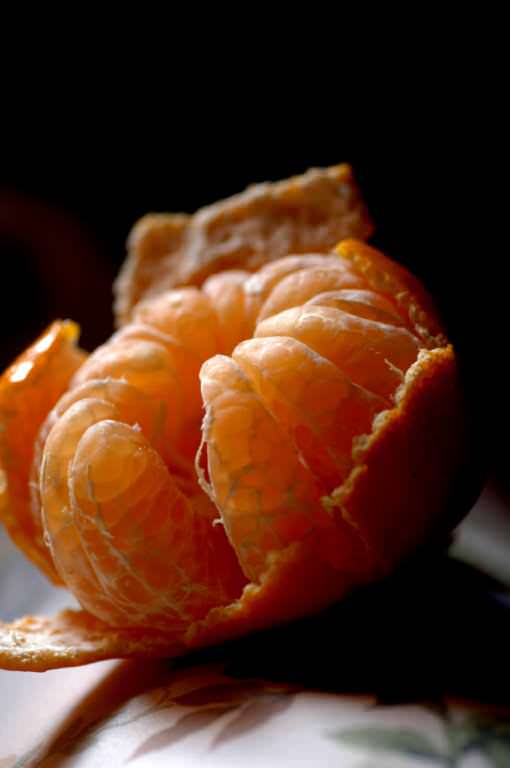
Can’t you almost smell the orange in that photograph above? That gorgeous image was taken by Grant Nowell, a multi award-winning professional photographer based in Adelaide.
I first met Grant when he was a presenter at the 3rd Australian Food Bloggers Conference. Afterwards Grant was kind enough to give me a few pointers and over the past few months I’ve appreciated his advice and support. I recently worked on the redesign of his portfolio website, too.
Grant has a wealth of knowledge about photography, food photography and food styling so I was thrilled when he agreed to share some of his food photography tips and stories with us today.
Everyone, meet Grant!
C: Grant, when did you first become interested in photography and why?
G: When I was a teenager I hated school mainly because it offered no artistic subjects and I always felt quite creative. To balance my appalling applied science subjects I bought a secondhand camera with one lens and started shooting anything that moved. Instead of spending money on cigarettes and girlfriends I bought an enlarger and trays and set up in my dad’s garden shed. In 1974 I gave a few fairly bad black and white prints to a local newspaper for possible publication. To my amazement they published a few of the pictures. I then got lucky because they were just about to employ a cadet and ending up offering me the job.
How did you end up at a News Limited newspaper?
I spent the next 15 years working all over Australia and abroad and then I started breeding and had two gorgeous kids. I always had a love of the lifestyle, food and wine culture of Adelaide so I contacted the editor of The Advertiser and within a few weeks I was offered a job as a senior photographer. In 1992 I was appointed pictorial editor offering pictorial advice and management for the 30 photographers and darkroom staff and The Advertiser was the first News Ltd paper in the group to publish full colour pictures every day. Three years later I was appointed senior feature photographer: my main responsibility was to shoot all their food and wine images as well as fashion and other feature material.

What do you shoot with?
I have a Nikon D700 that I use with the Nikkor f2.8 24-70mm lens (a fantastic all round lens) and the Nikkor 60mm macro lens. Apart from my first cameraI have always been a Nikon person. These days most of the big name cameras are quite brilliant but the stand out brands are Nikon and Canon. A good photographer will always get pretty cool pix even with a crappy camera but it’s the opposite for a photographer who just struggles pictorially – give them $20K worth of gear and they will still struggle and come up with culinary train wrecks.
What do you edit your photos with?
I don’t edit or enhance my pictures too much, I prefer to get things pretty right through the camera. I occasionally use Photoshop to improve or clean up an image or get rid of some grains of pepper or some stray spots of olive oil that I missed on the plate.
What gear or accessories do you always have in your camera bag?
I always have spare charged batteries and a cheapish spare camera body just in case my main Nikon baby crashes – a photographer’s worst nightmare is not being able to take pictures. I also carry another bag full of duct tape, bulldog clips, bits of white plastic I use to reflect light onto food, a few of my favourite plates which make even rotten food look brilliant, some pieces of material, toothpicks to stick into food so you can hold in position and a towel to clean up.

You once told me you can ‘read light’. What did you mean by this and why is this ability so important as a photographer?
Photography only exists because of light – you can’t shoot anything in total darkness. Whenever I’m on a shoot the first thing I always do is quietly walk around the space and see how the light is flowing out of windows, skylights or doorways. I use natural light so I always turn off any artificial light like fluorescent and down lights.
I read the natural light to see if it’s reflecting colors off interior walls. Available light is almost like water rushing out of a hose – it floods in a window or door, hits the walls and ceiling then comes back at you and your camera. A good way to read light is to hold your hand up and just look at you skin tones: if it looks natural then the light is pretty clean but if it has a tinge to it it’s time to grab your food and move.
I once had a major shoot at a Thai restaurant with a big reputation but the restaurant space was a pictorial nightmare with down lights and no natural light. I went for a walk to see how I could get beautiful food shots and found brilliant subdued available light in the toilet next to the wash basin. So I set up a few boxes with my backdrop in place and off I went! The executive chef thought I was completely insane as I took his food into the men’s bathroom and I could hear him yelling out some exotic Thai swear words. After I finished the first dish I went and showed the chef the image to calm him down. He loved the image of his food – his smile lit up the kitchen and he stopped swearing.

What makes a food photograph memorable for you?
I just love the combination between fresh produce, great culinary preparation and creativity with the camera. When it all comes together it’s very memorable and joyous for everybody
What makes a food photograph a ‘train wreck’ for you?
Appalling food photography is a crime against humanity! When beautiful food has been destroyed by a photograph it’s usually because of one of the following reasons:
- Wrong lighting – always use natural light if possible;
- Structure and height – flat food looks like road kill;
- The food has gone cold (if it’s meant to be served hot); and
- Over garnishing – the best way to trash a gorgeous food picture is to throw on sprigs of parsley a forest of coriander and a few chillis sticking out the top. All this stuff can distracts from the real hero, the food on the plate.

What are some of the hardest food products or dishes to photograph and why?
I have always had trouble with food that has to be flat. If a client asks me to shoot some pancakes or a piece of bbq steak I break out in a cold sweat. I also have big problems with some soups and dips cos they can be flat and have no structure – they might taste fantastic but they can look boring.
My nightmare food is curry. Don’t get me wrong – I love curries big time but they are often impossible to photograph because they are often brown and runny with all the yummy things below the sauce. I had to shoot a chicken tikka masala recently for an Adelaide Hills restaurant. This curry tasted brilliant but when I saw it I just wanted to drop my Nikon in the Tandoori oven and go home. When Chef bought out a small copper bowl full of brown liquid he was smiling but I was sucking my thumb and rocking back and forth. The only way to shoot this was to remove some of the sauce and add more chunks of beautiful chicken. Chef was not happy but that was bad luck – as it was, I just barely made his curry look pictorially edible.
What are three things anyone can do to improve their food photography?
Use natural available light, get some height in your food if possible and learn about depth of field so you can get the background out of focus.

What have been some of your favourite food photography jobs over the years?
One of my favourite clients is the Mushroom Man in the Adelaide Central Market. I style and shoot the food and help develop the recipes for their website. Also, a few years ago I was asked to work for 10 days at a five star boutique resort at the beautiful village of Candidasa in Indonesia shooting their cooking school for their printed brochures. I was in heaven and being paid.
Like Grant’s work? Check out more of his beautiful photographs here.







